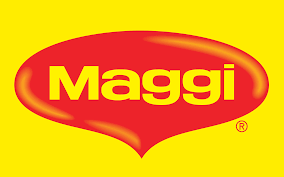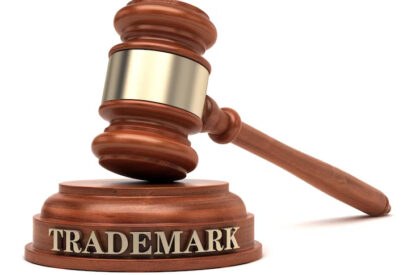Practice Area
An Overview
When a third party contests a trademark application while it is being published in the Trademark Journal, this is known as trademark opposition. Anyone who feels that their company, reputation, or current trademark rights may be harmed by the proposed trademark’s registration may object through this process. Usually, the opposition is submitted within four months of the trademark’s journal publication date.
A legal precaution to make sure no competing or infringing trademarks are registered is trademark opposition.
Common Reasons for Trademark Opposition
Similarity to an Existing Mark
Lack of Distinctiveness
Violation of Prior Rights
Contrary to Law or Public Policy
Non-Use of Trademark
Steps in the Trademark Opposition Process
Filing an Opposition
Receiving the Notice
Filing a Counter-Statement
Evidence Submission
Hearing
Decision
Documents Required for Defending a Trademark Opposition
How to Handle a Trademark Opposition
Analyze the Opposition Grounds
File a Timely Response
Gather Evidence
Seek Expert Assistance
FAQ's
With HD Monks, you can confidently handle trademark oppositions. Our expert team provides comprehensive assistance, from filing counter-statements to representing your case, ensuring your brand remains protected.
You may contact us via:
News, Tips & More
A trademark is an essential asset for any business, protecting its identity and fostering customer trust. With HD Monks, simplify the trademark registration process and secure your brand’s future.








